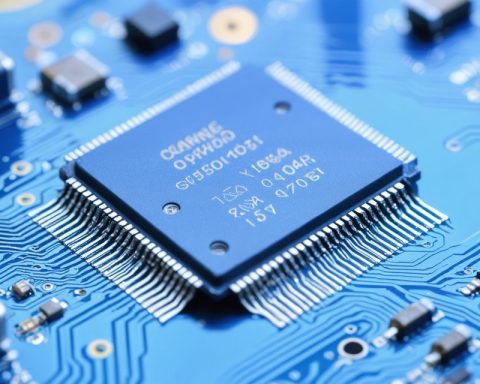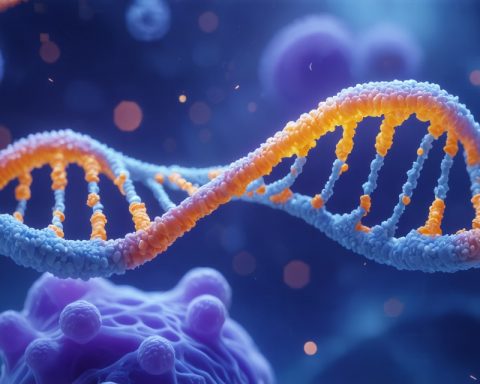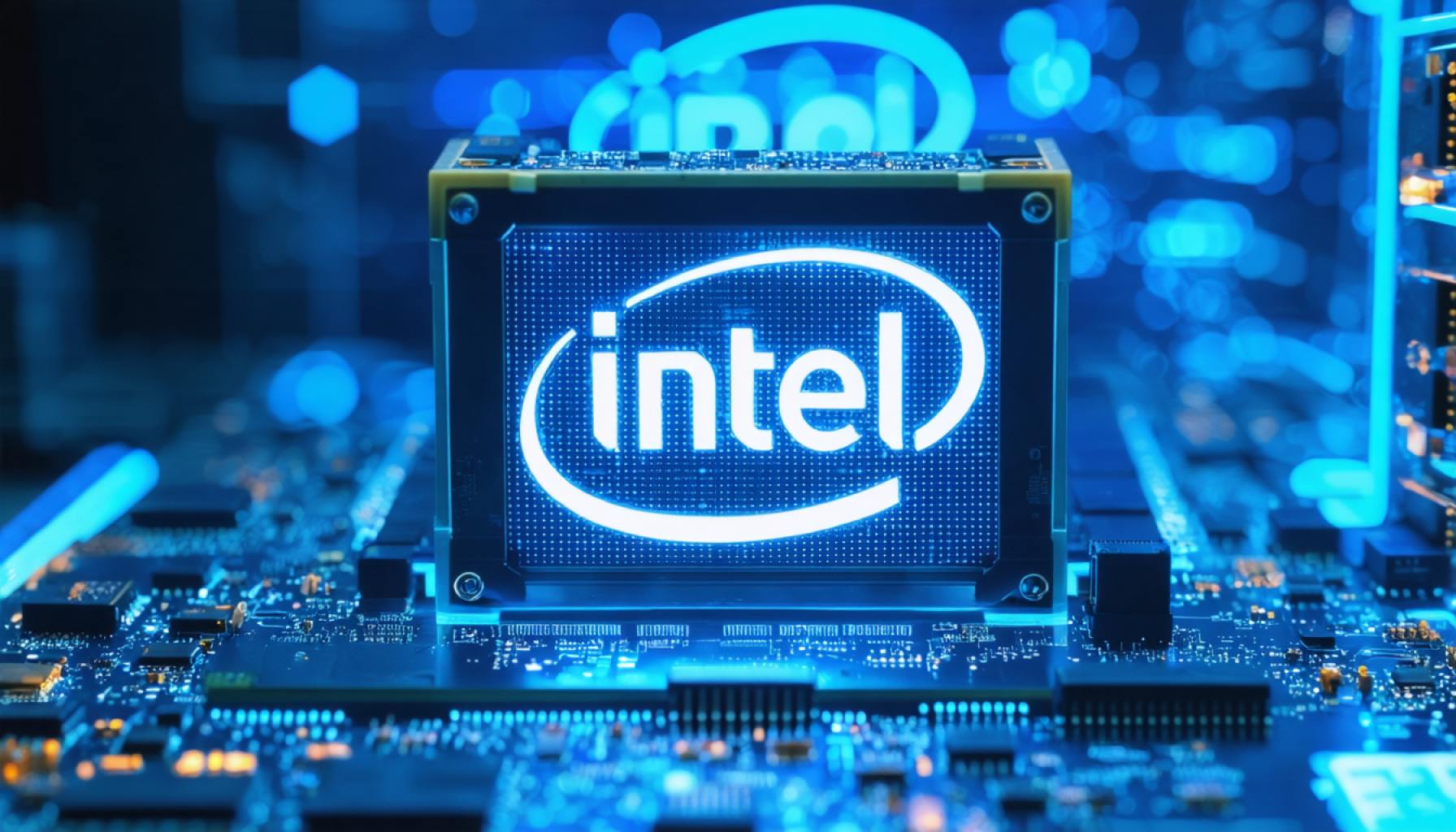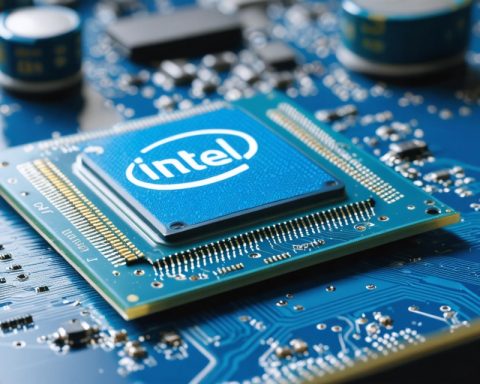Apple’s M3 chip has been making waves in the tech industry, offering improved performance and efficiency compared to its predecessor, the M2 chip. In this article, we’ll explore the key differences between the two chips and discuss whether the M3 is truly a significant upgrade.
Performance Enhancements
The M3 chip is built on a 3-nanometer process, the same as the iPhone 15 Pro’s A17 Pro chips, resulting in faster performance than previous models. It offers a 15% improvement in performance cores and a 30% increase in the efficiency of its energy-saving cores compared to the M2. While the performance leap may not be massive, the M3 chip should provide better battery life.
Power Efficiency
Apple claims that the M3 lineup is more power-efficient, offering the same multithreaded performance as the M1 while consuming about half the power. However, it’s important to note that the M3 has a higher power limit, meaning it uses more energy to achieve its higher output. Until actual devices are tested, it’s difficult to determine the true extent of the M3’s power efficiency.
Additional Features
The M3 chip is available in the latest MacBook Pro laptops, which support up to 128GB of memory, have brighter screens, improved battery life, and a new Space Black finish. The M3 Apple Silicon family features options ranging from 8 to 16-core CPUs, 10 to 40-core GPUs, and 8 to 128GB of unified memory.
FAQ
Q: What is the main difference between the M2 and M3 chips?
A: The M3 chip offers improved performance and efficiency compared to the M2 chip, with a 15% enhancement in performance cores and a 30% increase in the efficiency of its energy-saving cores.
Q: Is the M3 chip more power-efficient than the M2 chip?
A: According to Apple, the M3 chip is more power-efficient, offering the same multithreaded performance as the M1 while consuming about half the power. However, it’s important to note that the M3 has a higher power limit, meaning it uses more energy to achieve its higher output.
Q: What devices use the M3 chip?
A: The M3 chip is available in the latest MacBook Pro laptops, which support up to 128GB of memory, have brighter screens, improved battery life, and a new Space Black finish.
Glossary
– CPU (Central Processing Unit): The primary component of a computer that performs most of the processing inside the computer.
– GPU (Graphics Processing Unit): A specialized electronic circuit designed to rapidly manipulate and alter memory to accelerate the creation of images in a frame buffer intended for output to a display device.
– Unified Memory: A single memory pool shared by both the CPU and GPU, allowing for faster data transfer and reduced latency.
– 3-nanometer process: A semiconductor manufacturing process that allows for smaller, more efficient, and more powerful chips.










